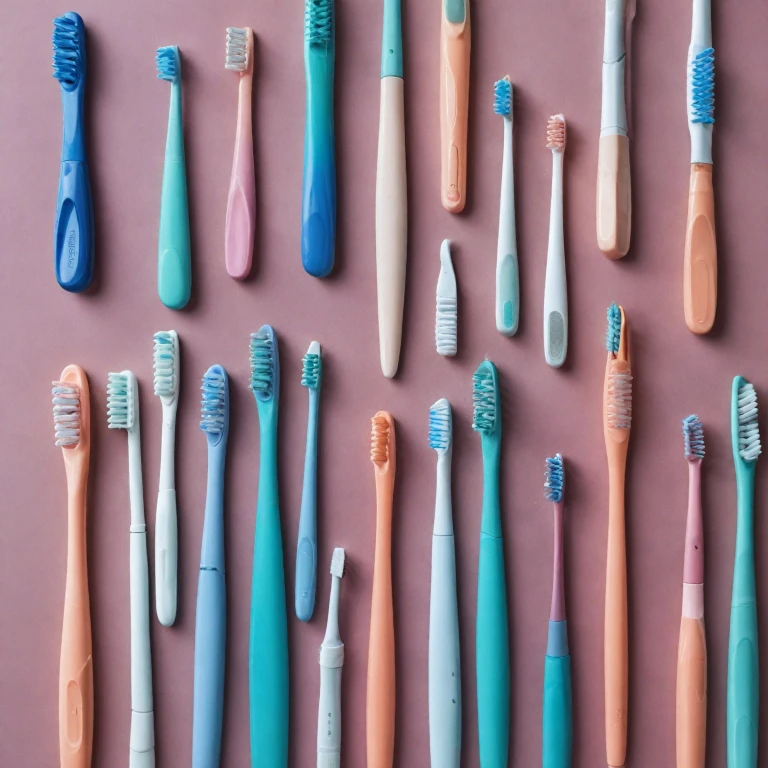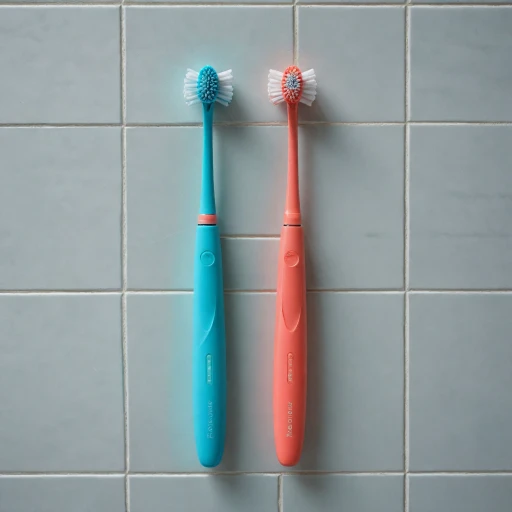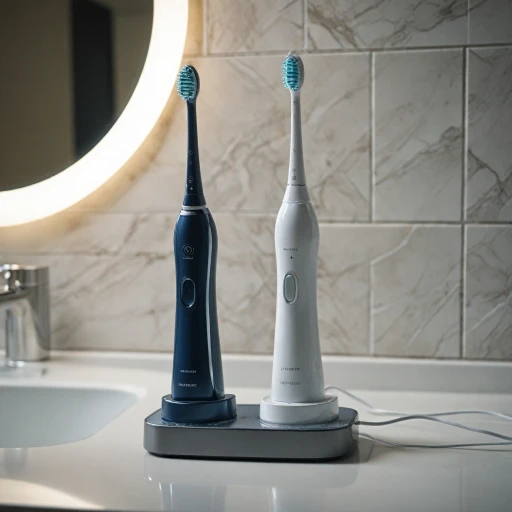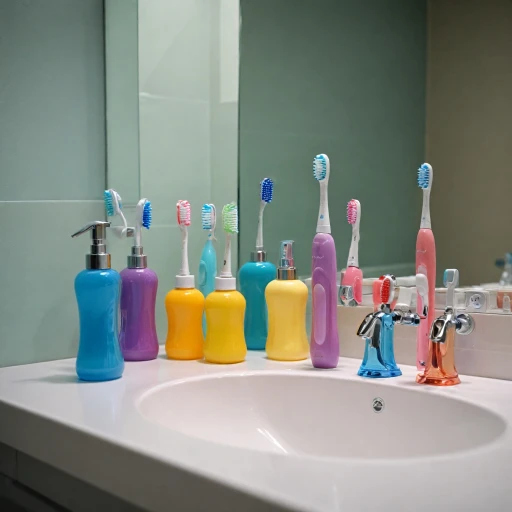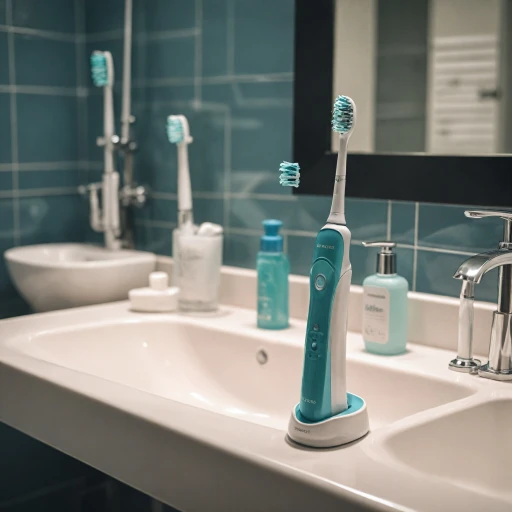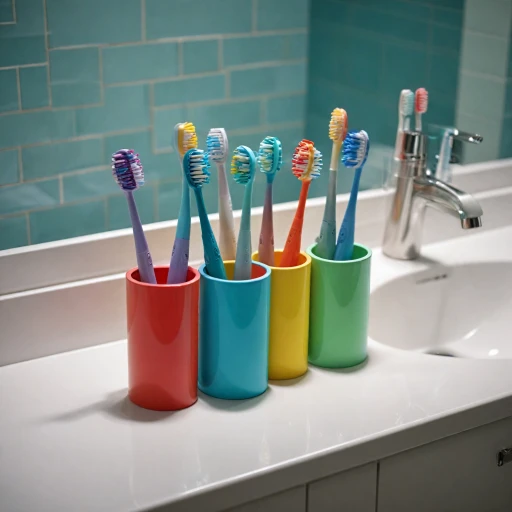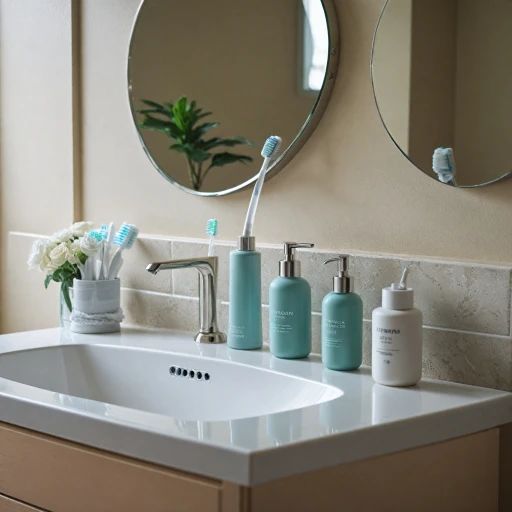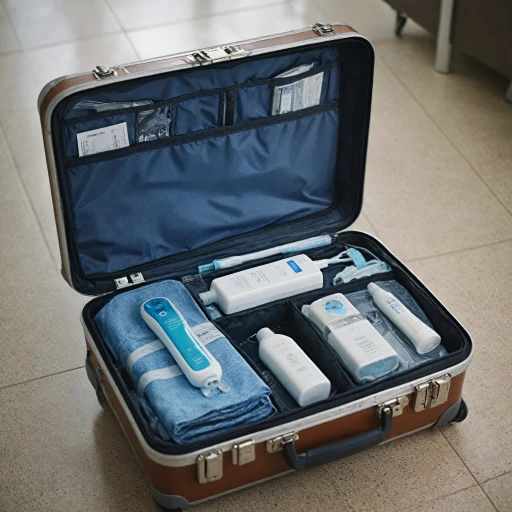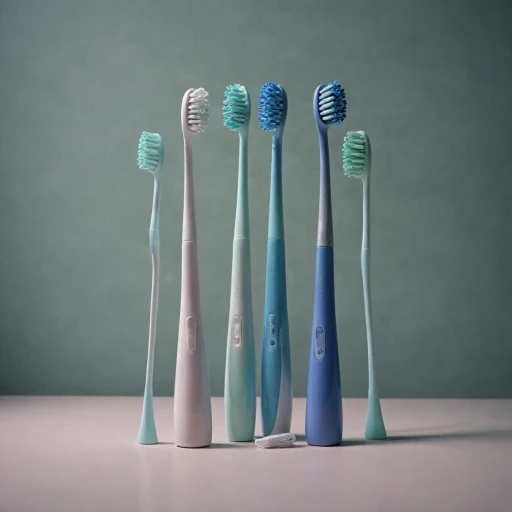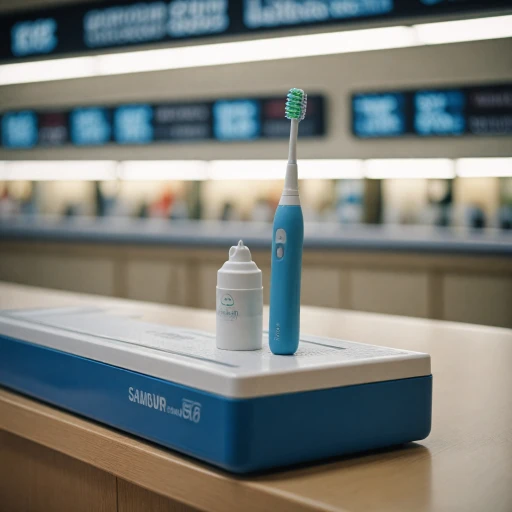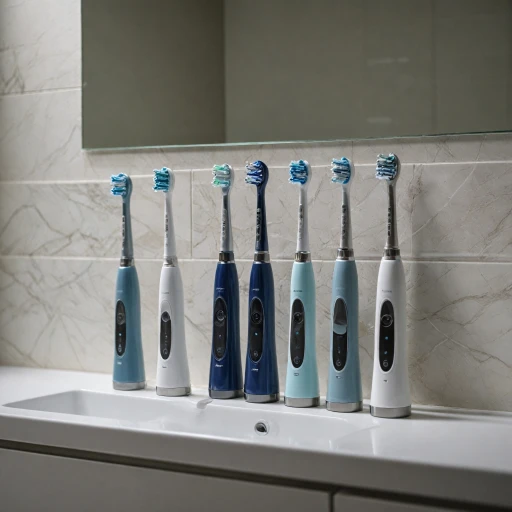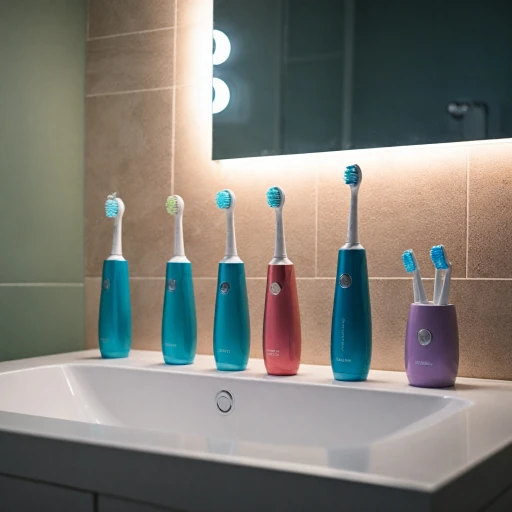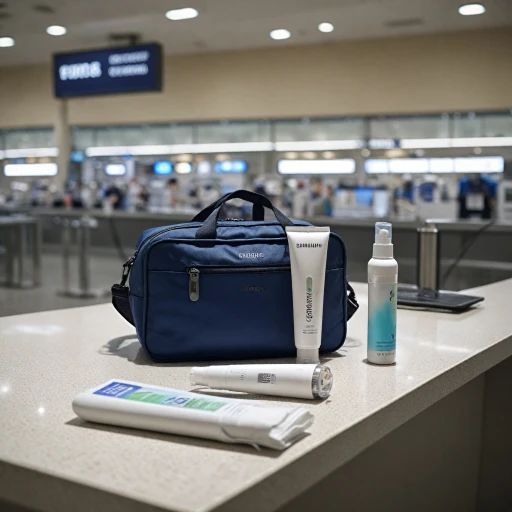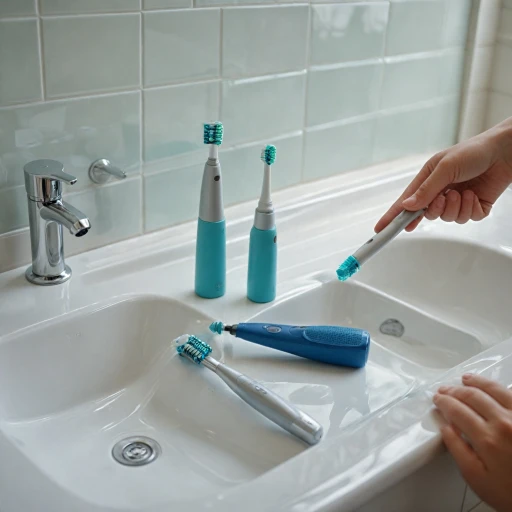
Understanding the Needs of Braces Wearers
Recognizing the Unique Cleaning Challenges of Braces
When wearing braces, maintaining oral hygiene becomes significantly more challenging. Brackets and wires can trap food particles and plaque, making it essential to ensure a thorough cleaning routine. A manual toothbrush might not offer the precision needed to clean around these obstacles. This is where an electric toothbrush, particularly models with specific features, can prove invaluable. Cleaning around braces is not just about aesthetics; it’s a crucial part of preventing plaque formation, tooth decay, and gum disease. Electric toothbrushes with sonic or high-intensity vibrations can help dislodge debris from tight spaces. The ultimate guide to electric toothbrushes provides insights into selecting a model that can make cleaning more effective. Additionally, using toothbrushes designed with multiple brush heads allows you to choose the best head for your needs. For those with braces, angled brush heads can improve access to difficult spots. Some electric models even come with a pressure sensor to prevent over-brushing, which can damage teeth and braces alike. By understanding these needs and selecting the right toothbrush, braces wearers can significantly enhance their oral hygiene routine.Key Features to Look for in an Electric Toothbrush
Key Considerations for Electric Toothbrush Selections
When it comes to selecting an electric toothbrush for braces, there are specific features that can make all the difference in your oral hygiene routine. Keeping your teeth clean while managing wires and brackets is no small feat, but with the right tool, it becomes significantly easier. Here's what to consider:
- Brush Heads: Opt for toothbrushes with small, compact brush heads that can easily maneuver around the tight spots and intricate brackets. Sonic toothbrush heads are often preferred for their ability to offer precise brushing.
- Pressure Sensor: A pressure sensor can prevent you from applying too much force, which can save your brackets from potential damage and protect your gums.
- Minute Timer: Ensuring you brush teeth for the recommended two minutes is crucial for maintaining clean teeth. Many electric toothbrushes come with a built-in timer to help.
- Battery Life: Consider toothbrushes with a long-lasting battery life, especially if you travel frequently. A reliable battery can save you the hassle of constant recharging.
- Brushing Modes: Electric toothbrushes often offer various modes, such as sensitive, whitening, or gum care. Finding one with a mode that suits your specific needs can enhance your brushing experience.
- Travel Case: If you're an avid traveler, seeking a model with a sturdy travel case can ensure your oral hygiene isn't compromised on the road.
Adopting these features to match your braces care needs can significantly impact the effectiveness of your oral hygiene. For more detailed guidance, consider checking out a comprehensive guide on the best electric toothbrush for braces. Selecting the right toothbrush, whether it’s a Philips Sonicare or another trusted brand, will support your journey to maintain a healthy smile and efficient cleaning routine.
Top Recommended Electric Toothbrush Models
Top Selections of Electric Toothbrush Models for Braces Wearers
Choosing the right toothbrush when wearing braces can make a significant difference in maintaining optimal oral hygiene. Below are some options that come highly recommended, each offering specific features that cater to the needs of those with brackets and wires.- Philips Sonicare ProtectiveClean 6100: Renowned for its sonic cleaning technology, this model stands out due to its pressure sensor, which helps prevent over brushing that can be harmful to braces. Its multiple cleaning modes and a two-minute timer ensure thorough brushing.
- Oral-B Pro 5000: This electric toothbrush boasts a round brush head specifically designed to reach and clean around brackets and wires efficiently. The built-in pressure sensor and five cleaning modes enable a personalized brushing experience, making it ideal for those with braces.
- Oral-B Genius X: Equipped with artificial intelligence, this brush detects areas that need the most attention. Its customizable LED smart ring offers real-time feedback on your brushing technique, helpful for getting around your braces and ensuring oral hygiene.
- Philips Sonicare for Kids: If you're looking for an option for younger users with braces, this model includes playful features like customizable stickers, a unique KidPacer to ensure sufficient brushing time, and a compact brush head perfect for small mouths with braces.
- The Oral-B Kids Electric Toothbrush: Designed with kids in mind, it features a smaller round brush head and gentle mode for cleaning sensitive braces incognizant sites while ensuring a fun brushing experience with cartoon themes.
How to Use an Electric Toothbrush with Braces
Optimizing Brushing Techniques with Braces
Brushing your teeth with braces requires a bit more precision and care, especially when you're using an electric toothbrush. The main advantage here is that electric toothbrushes are designed to target hard-to-reach areas, which is crucial for keeping braces clean. To begin, ensure you're using a brush head that caters to braces. Look for options that allow the bristles to get between the brackets and wires efficiently, ensuring that you're cleaning teeth and braces thoroughly. Philips Sonicare and Oral Pro series are renowned for their special sonic technology, which gently disrupts plaque without being harsh on the braces.Position and Movement
When brushing, angle the brush head at roughly 45 degrees to the gum line and the brackets. This angle facilitates the bristles to get beneath the wire and reach between each bracket. Always begin brushing using the pressure sensor feature, helping to avoid pressing too hard against the braces, which can lead to damage. Brushing in small, circular motions is another key technique. This pattern helps in dislodging food particles and effectively cleaning teeth surface, especially where the brackets and wire contact the teeth. Remember to pay extra attention to the areas around brackets, spending a few seconds longer to ensure thorough cleaning.Keeping Track with a Minute Timer
Most electric toothbrushes come equipped with a two-minute timer, a helpful feature to ensure you're brushing for the recommended duration. Divide the time into segments, dedicating equal portions to each quadrant of your mouth. This ensures a comprehensive clean, staying within the two minutes while covering all areas effectively.Maintenance and Compatibility
While cleaning, pay attention to maintaining your electric toothbrush. Regularly check if the brush heads need replacing, typically every three months, or sooner if the bristles appear frayed. Additionally, consider the compatibility of brush heads with your model. Some sonic toothbrushes, like Philips Sonicare, offer a range of brush heads tailored for different needs, enhancing the overall oral hygiene during your braces journey. Brushing with braces may feel different at first. However, with practice and the right electric toothbrush and brush head, maintaining oral hygiene can become seamless. For more insights on maintaining your toothbrush, consult the user manual of your device.Maintaining Your Electric Toothbrush
Ensuring Longevity for Your Electric Toothbrush
Proper maintenance of your electric toothbrush is crucial for both optimal performance and hygiene. Here are some key maintenance tips to help your toothbrush last longer and work best for cleaning your teeth, especially if you have braces:- Brush Head Care: Replace the brush head regularly. Overused brush heads with frayed bristles are less effective in maintaining oral hygiene. Most manufacturers recommend changing the head every three months. For braces, more frequent replacement might be necessary due to increased wear from brackets and wires.
- Cleaning After Use: Post brushing, rinse the brush head thoroughly under running water to remove toothpaste and debris. Ensure there is no residue left around the bristles as this can lead to bacterial buildup.
- Proper Storage: Store the toothbrush in an upright position to air dry. If you use a travel case or holder, ensure it has good ventilation to prevent moisture accumulation, which encourages mold growth.
- Battery Life Management: Preserve the rechargeable battery by allowing it to deplete fully before recharging. This helps in maintaining battery health and extending the runtime of your electric toothbrush.
- Routine Checks: Regularly check your toothbrush for signs of wear or damage. Items like sonic toothbrushes from the Oral Pro series, known for their pressure sensors and minute timers, may provide indicators when replacement is required.
Additional Oral Care Tips for Braces Wearers
Enhancing Oral Hygiene with Braces
While using an electric toothbrush is a significant step in maintaining oral hygiene with braces, there are additional practices that can further enhance the cleanliness and health of your teeth and gums. Braces create unique challenges, as the brackets and wires can trap food particles and plaque, making it crucial to adopt a comprehensive oral care routine.
Complementary Tools for Effective Cleaning
- Interdental Brushes: These small brushes are perfect for cleaning between the teeth and around the brackets. They can reach areas that a regular toothbrush might miss, ensuring a more thorough clean.
- Water Flossers: Using a water flosser can help remove debris and plaque from around braces. The pressure from the water can effectively clean between teeth and along the gumline, complementing the work of your electric toothbrush.
- Fluoride Mouthwash: Rinsing with a fluoride mouthwash can help strengthen enamel and prevent cavities, which is particularly important when wearing braces.
Regular Dental Check-Ups
Regular visits to your orthodontist and dentist are crucial when you have braces. These professionals can provide specialized cleaning and ensure that your braces are functioning correctly. They can also offer personalized advice on maintaining oral hygiene with braces.
Dietary Considerations
Avoiding certain foods can also help maintain oral health with braces. Sticky, hard, or sugary foods can damage brackets and wires or lead to plaque build-up. Opt for softer foods that are less likely to cause issues.
Consistent Brushing Routine
Consistency is key. Make sure to brush your teeth at least twice a day with your electric toothbrush, using the appropriate brush head for braces. The best electric toothbrushes often come with a pressure sensor to ensure you're not brushing too hard, which can be beneficial for protecting your gums.
By integrating these practices into your daily routine, you can maintain a healthy and clean mouth throughout your orthodontic treatment, ensuring the best results once your braces are removed.
